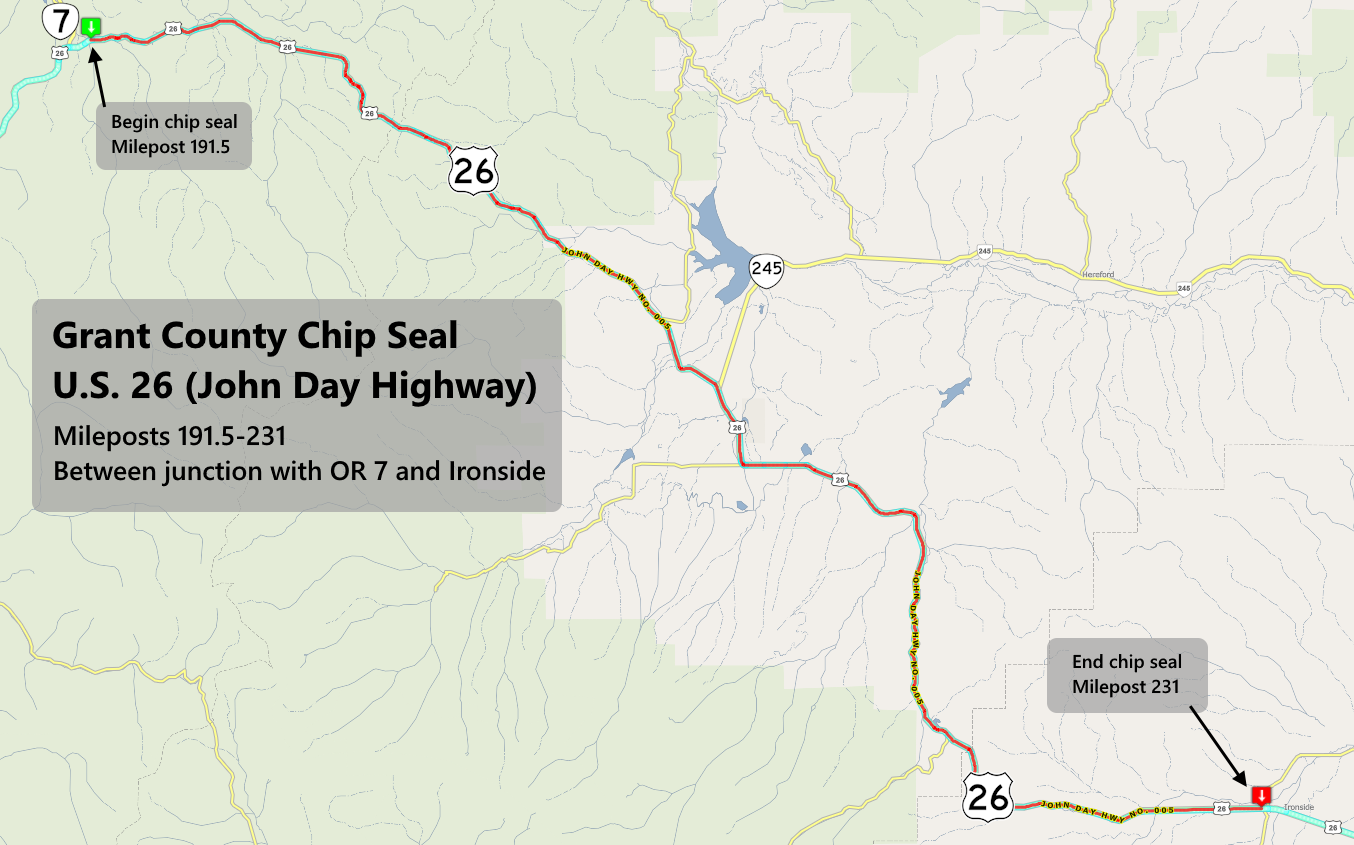Why coastal earthquake did not cause tsunami
Published 5:00 pm Monday, March 10, 2014
Medford, Ore. — A significant earthquake shook the coast of northern California Sunday night, with tremors felt as far as Grants Pass and Mt. Shasta
It hit 50-miles west of Eureka at 10:18 pm PST Sunday at a depth of about 10 miles below the ocean floor.
“It felt like a dog or cat had jumped on my bed without them physically being there., the bed was shaking side to side,” said Samantha Donnally, who felt the quake in Sam’s Valley.
Tuesday will mark the third anniversary of the Japan earthquake and tsunami that killed thousands of people.
And although the recent earthquake wasn’t as strong, many are wondering how our coast line was able to escape without a tsunami.
“It’s one of those where the plates are adjusting themselves and not a subduction zone earthquakes where the plates are colliding, they maybe stretching,” said SOU Professor Emeritus Eric Dittmer.
In simple terms there are different types of earthquakes, usually based off a fault line.
In 2011, two fault lines slide against each other causing a disturbance in water balance creating the deadly tsunami.
But Sunday night’s quake was inside of a tectonic plate and it had only minor effects on the ocean levels.
According to geologist the Cascadia Subduction Zone is due for what is often described as the big one, a magnitude 9.0 or higher earthquake.
It happens every 250 to 350 years, the last one happening back around the year 1700.
And while it hasn’t happened yet, Sunday’s quake is a good reminder that we need to be prepared.
California Coast, coast, eathquake, Northern California, Oregon, Oregon Coast, tsunami






